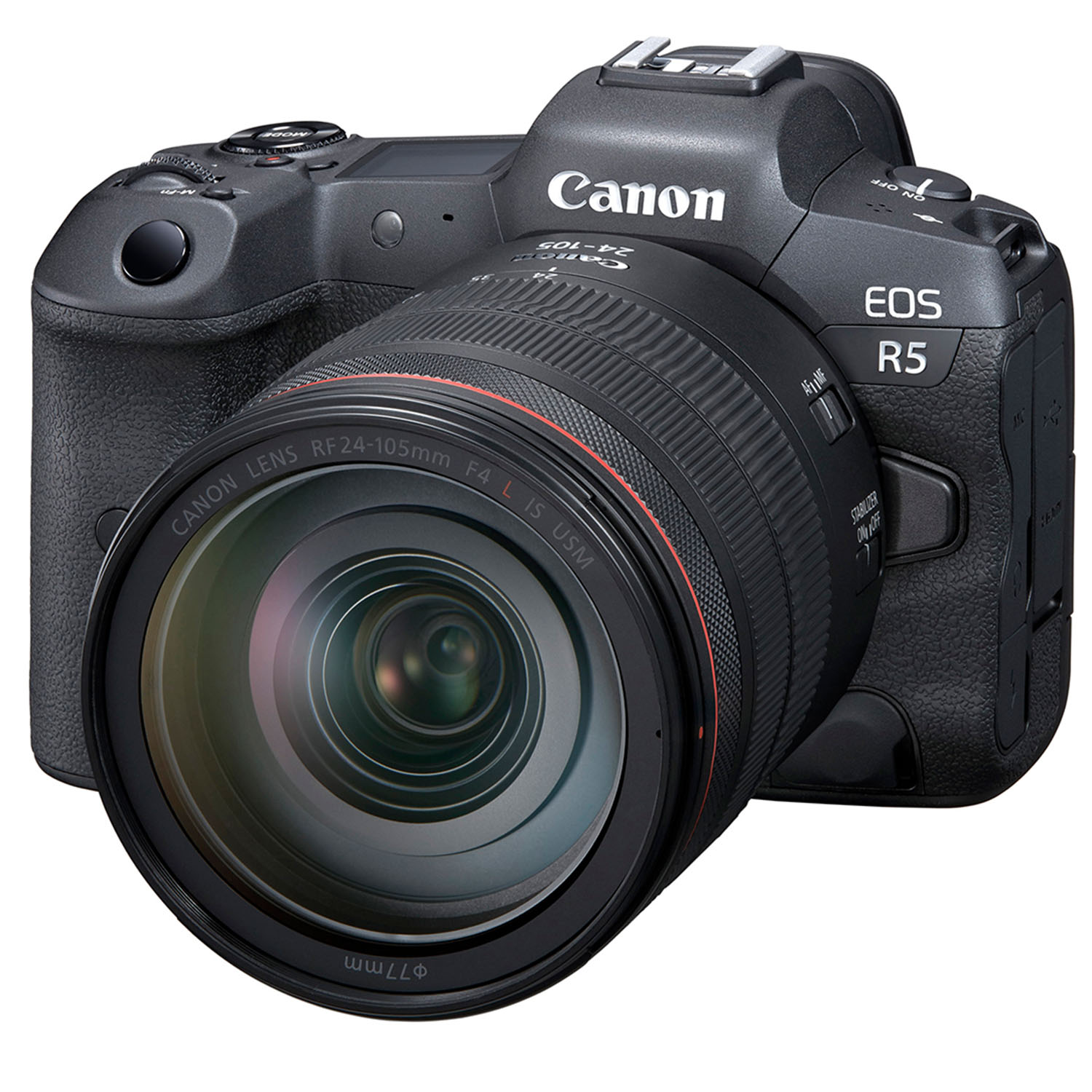

This mount is designed to work with adapters so you can use the vast collection of EF lenses. The large diameter and decreased distance between the rear lens element and sensor enable a compelling combination of image quality, performance and compact lens design. Canon EOS RF MountĬanon has designed an all new EOS RF mount for their first mirrorless camera.
#Canon eos r manual
ISO range for video in MANUAL 4K 100 to 12800Ĭanon claims that the EOS R AF can operate in light as dim as a light rating of EV -6 ^.ISO range for video in MANUAL HD 100 to 25600.Is this the same sensor as the 5D MARK IV? It sure shares a lot of the specifications. The EOS R has an EF-S crop-mode which is 1.6x crop, close to Super 35mm for use with Canon EF-S lenses. The sensor also has a dust deletion feature that can be enabled to clean on startup. The downside to a Low Pass filter is it will soften the image a little. This filter is designed to help eliminate moire and aliasing that is common with a CMOS sensor. The sensor has an image size of 36.0 x 26.0mm with a Low Pass filter installed in the front of the image sensor.
#Canon eos r full
The Canon EOS R CMOS sensor is full frame with 30.3 megapixels and is compatible with Dual Pixel CMOS AF. Since Newsshooter is primarily a video-centric site I’m going to focus on the video features of the new Canon EOS R. The USB Power Adapter PD-E1 is not compatible with powering the camera. Unfortunately, the older LP-E6 cannot be charged. The camera uses the tried and true LP-E6 battery, however, if the LP-E6N is used then it can support USB charging with the USB Power Adapter PD-E1, in-camera charging of LP-E6N is possible. Oh and not to worry, yes the EOS R has a 3.5mm diameter stereo mini jack.
#Canon eos r movie
A new HDR Movie option is available but no IBIS (in body image stabilization). Canon has been stingy with codecs in the past but it looks like they are loosening up a little but don’t expect too much. The key feature of the EOS R is the inclusion of ALL-I recording at 480 Mbps. Is there still a place for APS-C and M4/3 sensors? Or are we seeing a shift in the industry where full frame will eventually become the standard? My crystal ball is in the shop right now so I don’t know for certain but I do feel it’s a natural progression however with full frame comes larger and heavier lenses so I think the strengths of APS-C and MFT systems still have a place in image capture. A new rumor is Panasonic is developing a full frame mirrorless camera as well. Now with Nikon and Canon releasing models what does that mean for companies such as Panasonic, Olympus, and Fujifilm? The pressure is now on them to release a full frame mirrorless. Wow did I miss any? Until the Nikon Z6 and Z7 were announced, the competition released a grand total of Zero, Zipo, Nada!

The Sony a7 & a7R were released on the 16th October 2013, that’s almost 5 years ago! Since then Sony has released 9 full frame mirrorless cameras over the last 5 years a7, a7 II, a7 III, a7R, a7R II, a7R III, a7S, a7S II, and the a9.

Sony is the most aggressive in the mirrorless full frame space. In the case of Sony, they are now onto their third generation of a series. Canon does have the EOS M line of cameras but they have never appealed to many in the same way as those offered from the other brands.

The Canon EOS R is somewhat late to the game with Sony, Panasonic & Fujifilm all making mirrorless models. Yes, it’s finally here, the Canon EOS R mirrorless full frame camera.


 0 kommentar(er)
0 kommentar(er)
